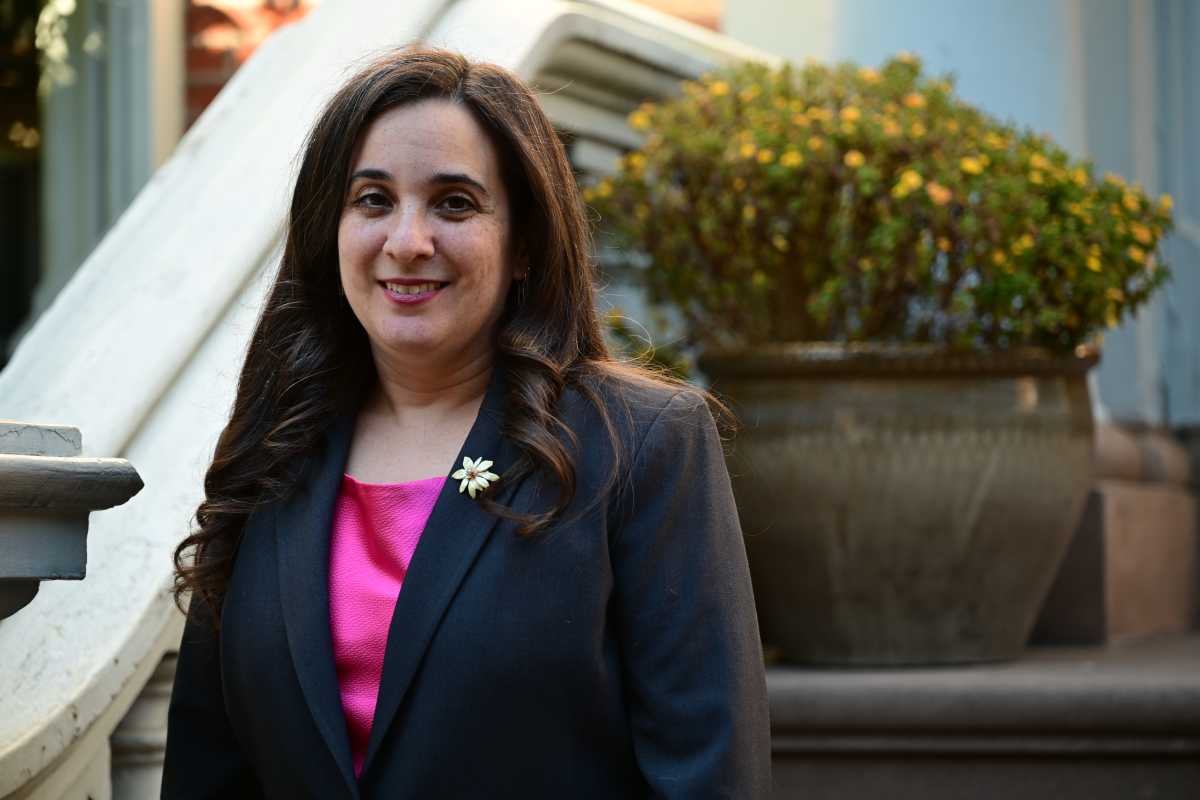Call it troubled water.
The state has approved a permit for the city to pour up to 7.2 million gallons of filtered, contaminated groundwater into Coney Island Creek every day for up to two years while the city upgrades sewer and water mains in Coney’s west end.
The permit allows the city to overlook nearly a dozen heavy metals found in the water because only small amounts were discovered in the creek, and state officials say locals have nothing to fear because Coney creek flows into Gravesend Bay, which will dilute the pollutants. But with millions of gallons gushing into the inlet each day for years, experts and locals fear that the contaminates could amass to dangerous levels, and aren’t buying the state’s argument that being connected to a large body of water will mitigate the risks.
“Dilution is not the solution to pollution. That has been proven time and time again,” said Shawn Dickson, an attorney with a background in marine science who works with Riverkeeper — an environmental organization dedicated to cleaning up New York waterways. “They should not be relying on dilution to flush out the pollution. The only solution to pollution is no pollution.”
The $180-million dollar project being run by the Economic Development Corporation will upgrade aging water mains and storm and sanitary sewers in an area bounded by W. 17th and W. 22nd streets from Neptune Avenue to the Boardwalk — something locals have been demanding for years.
Shovels are expected to hit the ground this summer and the project will last for roughly two years — with an embargo on Surf Avenue construction from May 15 to Sept. 15 so as not to clash with the swell of beach-goers, according to city records.
But to keep the construction site dry, the city applied for a State Pollutant Discharge Elimination System permit to “dewater” contaminated groundwater from several sites by pumping it into Coney Island Creek — where people swim, students routinely wade for city-run education programs, and some congregations use the waters for religious rites such as baptisms.
A contractor — Haks Engineers, Architects, and Land Surveyors — will treat the water with a three-pronged process known as filtration, sedimentation, and carbon absorption that will sift grime out of the water and trap many of the pollutants — including the cancer-causing benzene, toluene, and xylene — that have seeped into the soil over the years.
But per the state’s permit, Haks will not monitor several toxic metals including arsenic, antimony, and vanadium because testing found the compounds to be within water-quality standards, according to state records.
The Economic Development Corporation defended the plan, stressing that the water discharged will meet state safety standards.
“Discharging water is typical for these types of construction projects, and our Coney Island efforts will be rigorously filtered, tested, and re-filtered if necessary, to ensure we are discharging safe amounts of water at levels that strictly adhere to New York State Department of Environmental Conservation regulations,” said spokesman Ryan Birchmeier.
And state officials feel it is unlikely that the metals will build up to dangerous concentrations per cubic foot of water within the inlet, said an official at the Department of Environmental Conservation.
“We do modeling to figure out if the levels in the water are going to violate quality standards,” said Koon Tang, the director of the state’s Bureau of Water Permits. “If you’re asking me if the metal is going to slowly accumulate, I don’t anticipate that is going to happen in this case.”
But with a man-made flood of biblical proportions pouring into the creek every day for years, the city would be remiss not to monitor the heavy metals, especially considering the creek’s toxic history, said Dickson.
“Even small concentrations pose a risk that could be mitigated or avoided,” said Dickson. “At some point, I take the professionals’ word for it, however, in places like Coney Island Creek, with everything going into the creek, if this was listed as a superfund site the [Environmental Protection Agency] would probably say no to this, because it’s a new source of pollution.”
Koon said the state is relying on tidal flushing to wash the compounds out and mix with Gravesend Bay — but that’s an unreliable method, said Dickson.
“There’s no water system that gets flushed perfectly every day,” he said. “There are parts that sit stagnant, the sediments can capture oil and contaminates, water gets trapped in boats. That can’t be relied on.”
The state’s permit allows for a flow of up to 5,000 gallons per minute from 14 locations — enough to fill an Olympic swimming pool in less than 10 minutes — to be diverted to a storm drain at W. 21st Street and Neptune Avenue, where the water will spew into the creek.
And officials have allowed for a deluge of up to 7.2 million gallons per day to gush into the creek — that’s more than the biggest tank at the world’s largest aquarium, a 6.3 million vat in Georgia that holds a whole ecosystem of marine life including whale sharks.
It is an alarming amount that opens up the floodgates to a slew of problems, said one local environmental advocate.
“The problem is the volume of water is just unbelievable. It’s like filling up a bathtub and being surprised when it overflows,” said Pamela Pettyjohn, the president of the environmental civic group the Coney Island Beautification Project. “We’ve got problems with flooding now, and in some places the water is right next to houses.”
But most troubling of all is the city and state’s lack of transparency with locals, said Pettyjohn.
“We’ve had so many meetings on this with the city and the state. They say, ‘Everything is taken care of,’ but they never mentioned how much water and that they weren’t testing for these metals,” said Pettyjohn. “If it was harmless, it wouldn’t have done any harm to for us to know. We found out from you and I have a big problem with that.”
Birchmeier said that test results will be made available to the public, and the agency will continue to try and address locals’ concerns.
“We will be regularly posting test results on our website and look forward to continued conversations with the community as we deliver these important upgrades to Coney Island,” he said.























